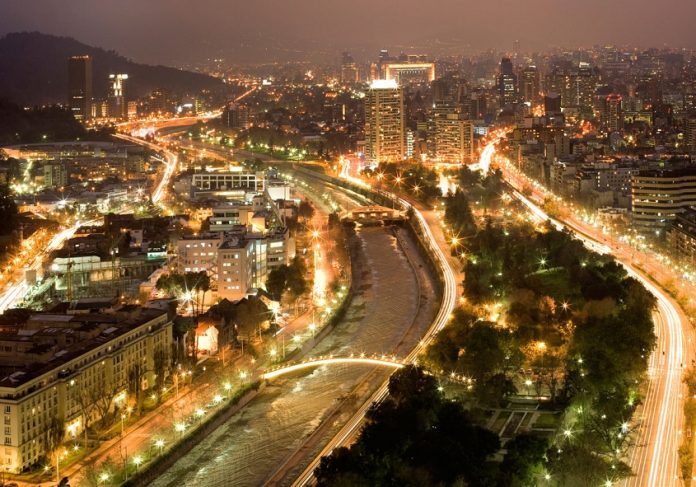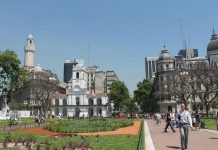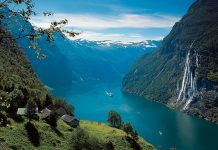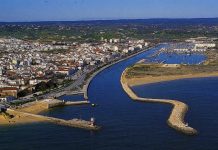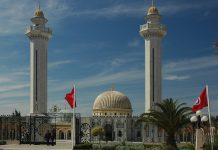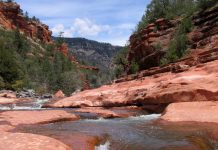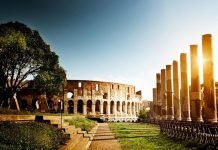For those who have their hearts set on travelling, nothing says appealing more than a mountainside escape in a historically beautiful town.
One particular place of interest that is along these lines, is Santiago, Chile. But just what is it about this mountainside gem that catches the attention of so many tourists and travellers around the world? What is the history of this marvellous metropolis? Let’s take a closer look at the answers to these questions, and as we do, be sure to bring along your hiking boots, because it is surely going to be an adventure.
To begin, today Santiago is the capital of Chile. However, it had its earliest settlers in and around the era of the conquistadors from Spain. In 1541, on February 1 Santiago was founded. Spanish conquistador Pedro de Valdivia was the victor. It was originally named Santiago de Nueva Extremadura (paying homage to Saint James, and also showing its correlation to Chile which was known as Nueva Extremadura-New Extremity). Valdivia was no fool; he chose this luscious location as the capital- because of its climate, and because of the abundant vegetation.
He noted that the city was also beneficially located because of its ease to protect. Santiago in those days was surrounded by 2 rivers. Really it was one river, The Mapocho, but the location split the river, and the river later merged as one again downstream. This formed a little island on land, or as Valdivia saw it – a moat for the fortress. Valdivia did not obtain this beautiful land with ease.
In that era, the Incan ruler was Manco Capac II, and he was no peacemaker. He specifically warned Valdivia that the Incans were going to be hostile as long as they had to in order to keep these new travellers away from their land. This resistance forced the aggressors to battle hunger in addition to the indigenous people. Valdivia eventually stabilized the food supply, and the resources that were needed in order for Santiago to develop.
The indigenous people continued to fight and create an uprising, and this led to further series of conflicts. In late 1541, Michimalonco (the Picunche Chief) led a large assault on Santiago, which was the start of a bloody three year war. This put all of the conquistadors in a very iffy situation; hardly any food, and extremely isolated. In early 1542 Valdivia sent an emissary to Peru to simply ask for aid, and 20 months later, reinforcements arrived, ending the isolation, and the horrible situation of those conquistadors. The possible overthrow failed, and the indigenous people moved south.
This allowed the city to grow and to boom, like no other. The colony was settled quite rapidly, and after a few years, in February of 1817, a battle was fought and Chile was pronounced independent from Spain. From 1830 to 1891, the system of schooling was introduced, and the colony flourished further. By 1885, the population of Santiago had already reached close to 200,000. The rest is history, literally.
So this brings us to today. It goes without saying, if a traveller wanted to visit Santiago, he would not have to deal with uprisings and conquistadors, but just what can someone expect of a visit to this remarkable site? For one thing, you can look at almost any image of Santiago, and you know you will always be bound to see a picturesque scene, because of Santiago location. It lies in the centre of the Santiago Basin. This means it is completely surrounded by mountains, sitting inside of a bowl-shaped valley. The lands around are completely fertile, and the views can simply take your breath away.
Much like the conquistador who founded the city, you will probably enjoy the climate in Santiago. It is usually seen to be a cool Mediterranean climate. This means it has some hot dry summers, with temperatures sometimes reaching 95 degrees Fahrenheit. The winters tend to be milder, with humid cold mornings. The lowest temperatures in these time periods are usually above freezing, and the highest are around the high 50’s. Even in summer it can be cool because the basin seems to trap the moisture, and this allows for between 50 and 80mm of rainfall, truly a rainforest experience.
Once in the city, you will love the neo-classical architecture and design of the inner city. With its winding streets and cultural style, Santiago can really raise your eyebrows. Some points of interest are the many standalone hills that make the geography of Santiago, and the Powerful Mapocho River. Also from almost anywhere in the city you can see the Andes Mountains peering over. There are some beautiful parks, for example, The Parque Forestal which elegantly lines the Mapocho River. A must see for any visitor.
Santiago has had a very steady economic growth, and this in turn has led it to be a bustling metropolis. The city boasts a great theatre and restaurant scene, with many suburban projects, and more shopping centres than you can count. The rising skyline is a view of note, and Santiago is home to the tallest building in all of Latin America, the Gran Torre Santiago.
Getting around is a walk in the park – literally, and if you need to get from one side of town to the other, Santiago has a well-designed transportation infrastructure. This includes a partly underground freeway, and South America’s most extensive system of subways – The Metro de Santiago. Santiago finds its base as the cultural and financial and political epicentre of Chile.
It is clear to any traveller that Santiago is a beautiful and precious location to explore. Whether you are the more conservative traveller, or are looking for a bit of adventure on your next vacation, Santiago, Chile, is one breath-taking site. You will fall in love with Santiago.

